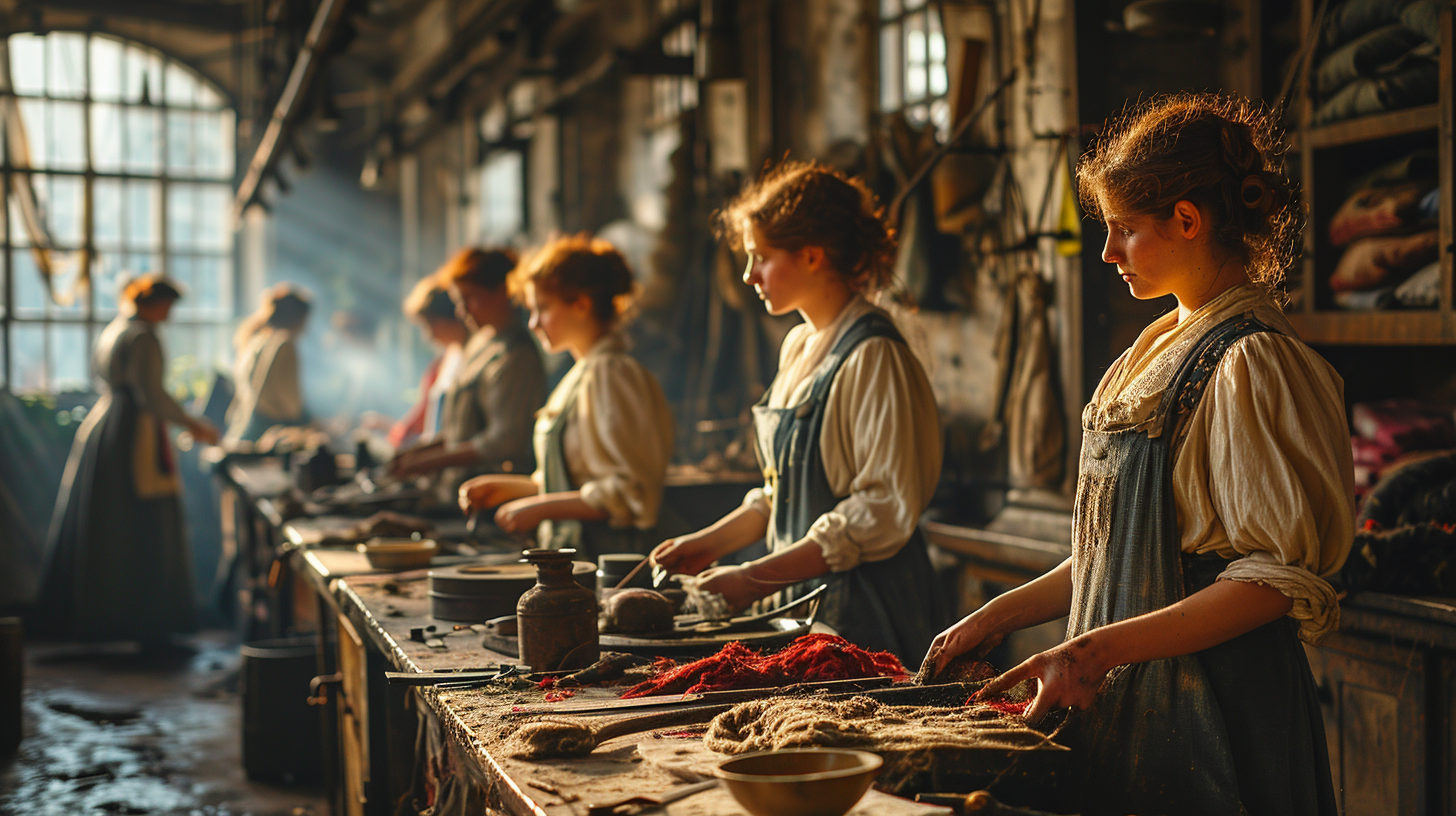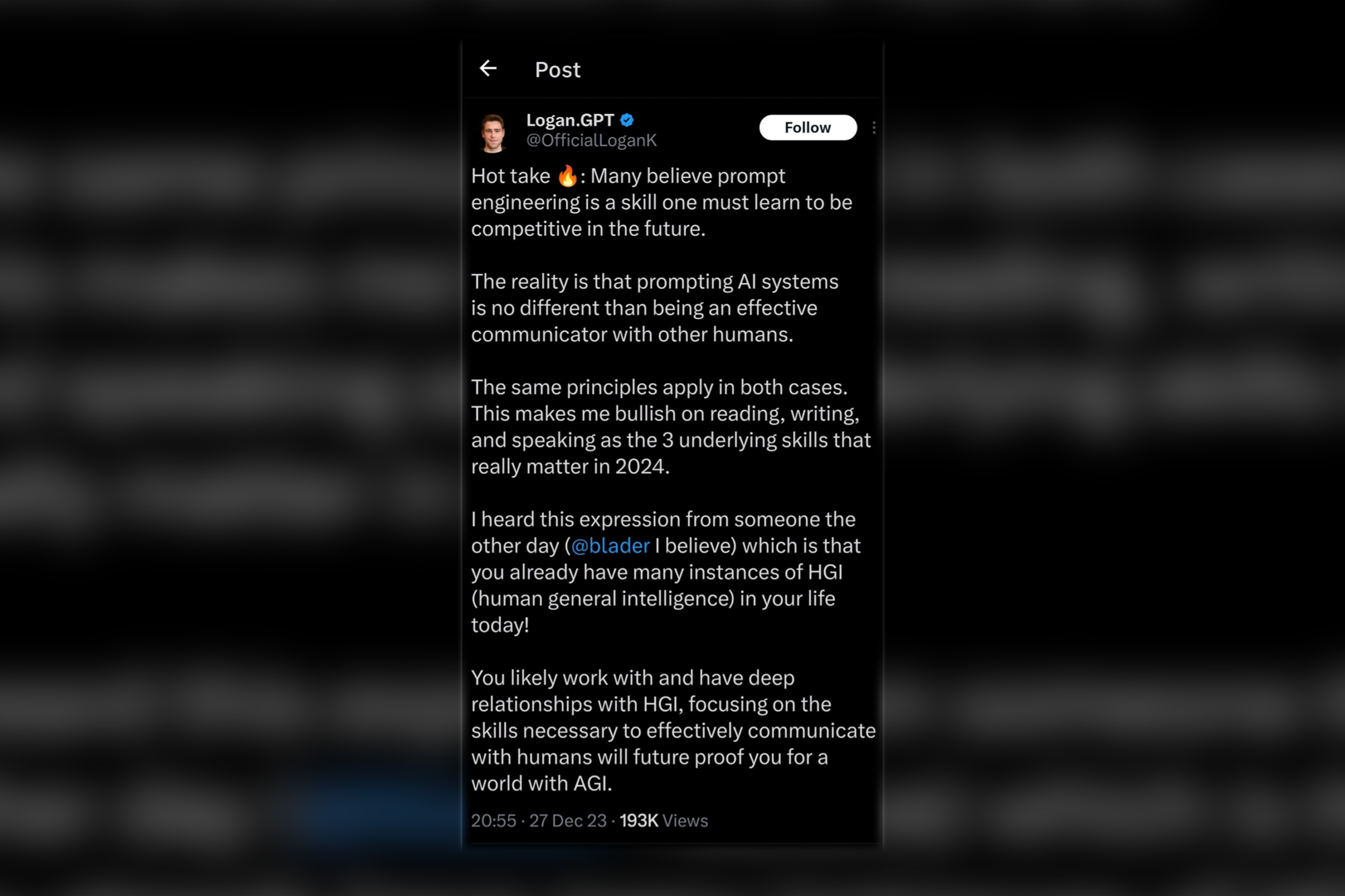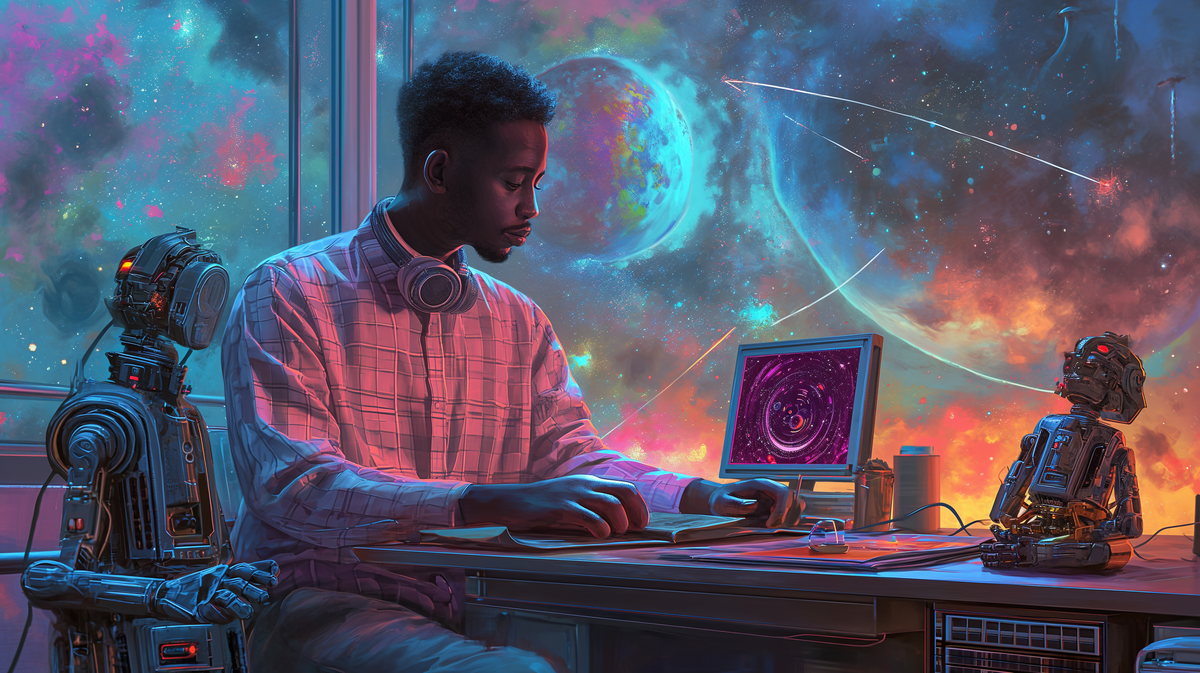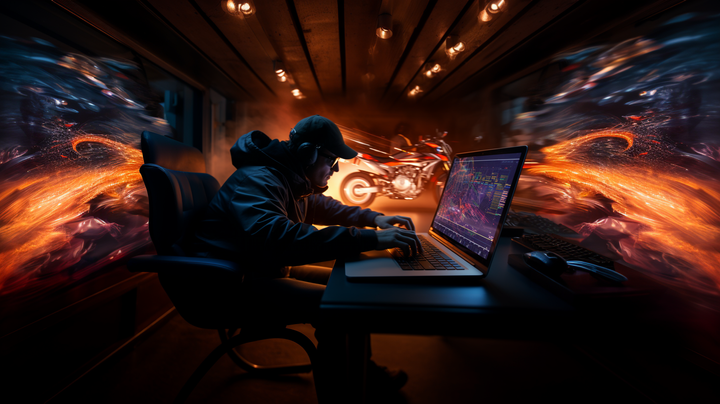Explore how AI is revolutionizing digital design, freeing designers from repetitive tasks to focus on creativity and human elements. This article delves into the balance between AI automation and the unique value of human touch in design.
Nowadays social media is filled with people that miraculously turned into AI-experts over the course of the past three months or so, during the rise of practical AI software like ChatGPT and Midjourney. When you ask one of these bonafide experts if they think that AI will cause a shattering wave of job losses across the globe, these experts usually respond with the following spiel:
“Well, let's look at great innovations in history. For example, textile workers during the industrial revolution. With the invention of machines like the spinning jenny and power loom during the Industrial Revolution, the textile industry underwent a significant transformation. These machines automated tasks that were previously done by hand by skilled artisans. Initially, this automation led to fears of unemployment among these artisans, as their manual skills seemed to become obsolete.

This fear was so intense it even sparked movements like the Luddite Rebellion, where workers destroyed machinery. However, the reality was more complex. While manual weaving jobs decreased, the demand for textile products soared due to increased production and lower prices. This boom in demand led to more jobs in factories to operate these machines and handle other roles in the production process.
The AI revolution is much the same. Yes, a certain amount of jobs will stop to exist, like telemarketing, but the greater amount of jobs will evolve into a different kind of position where AI supports the day to day“
The above is a fictional quote from an AI expert, capturing the current sentiment surrounding this subject.
To many, this overused story is not applicable to the situation we are experiencing with AI. While I do agree that rapid AI development is clearly not the exact same situation, I do have to agree with the AI experts. AI won’t destroy all jobs leading to worldwide panic and suffering. For digital designers, AI will give us more room to focus on the conceptual and people side of our jobs. Heck, AI is already doing this right now. Let’s talk about it.
How AI will help designers focus more on concepts instead of FIGMAISM
AI will and is already automating repetitive tasks in the design process. For example, Framer already quickly generates templates/layouts/simple websites based on your specified criteria. What is great about this feature is that Framer already thinks in components so it is ready for a clear design system setup. This reduces the time spent on initial setup.
Think about image editing and resizing. In Photoshop tasks like removing the background, color correction and basic editing are already being automated by AI and it is only getting better.
AI can analyse user interaction data to suggest design improvements, making the process more efficient and targeted. And much, much more. The sky is the limit on these developments. Our human ingenuity in regards to how we apply AI into our workflows is is unlimited. This will create spaces and optimizations that we cannot even fathom right now.
And that is why in the ever growing AI design world, the human touch of a designer made out of flesh and blood will matter even more.

One of the biggest remarks on this rather positive take is about the nature of generative AI in its current state. AI right now is in essence a regurgitation of past work. Many fear that AI will lower the threshold for creation. What I mean with that is that it is becoming easier to prompt AI to generate design. Due to this ease of creation, many will flock to generating meaningless fast designs, skipping the expensive human craftsperson. These websites would then lack any character, impact or innovation at all because they are just like the Ouroboros, eating its own tail eternally.
Jonny Thomson from Big think had a conversation around this topic with Alex Krantowitz, a tech expert who has been watching AI for years. What Alex said can be summarized as follows:
A lot of the narrative around AI is divided into two camps: “doomers” and "utopians." “Doomerism” is born of our misplaced and exaggerated human propensity for fear. Fear sells, and doomer headlines are popular. Don't get carried away with the hype. AI is useful and transformative, but it is nowhere close to "general intelligence."
Read that article here, it is a great one.
So even if the online design sphere is flooded with bad design, I would argue that we as human designers become even more important in adding that special human touch and understanding. AI is here to stay, and so are we.
To conclude, I believe that in 2024 we as digital designers should adapt instead of being scared of this massive change. AI used in the right way will enable us to create more impactful and efficient designs. The human element won’t go away, I’d wager that the “Je ne sais quoi” we offer will become even more valuable.





